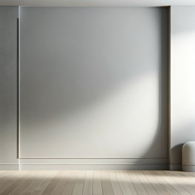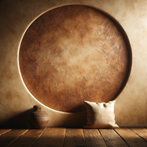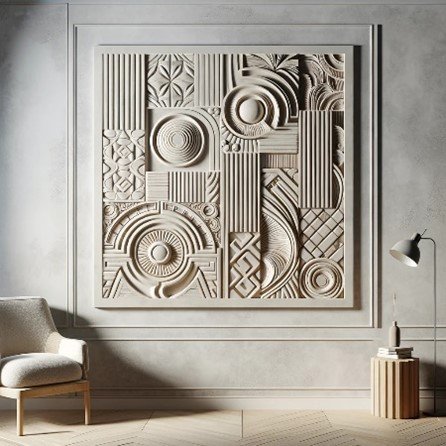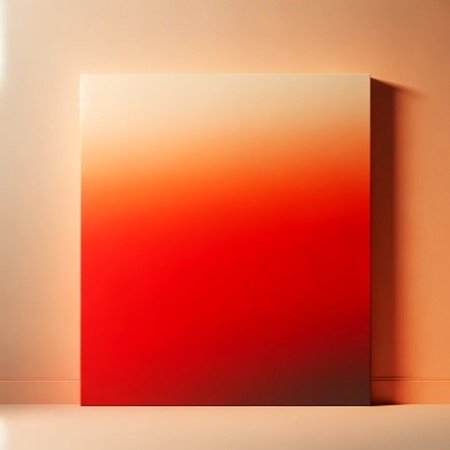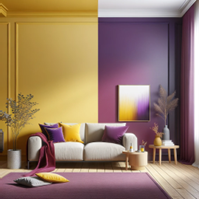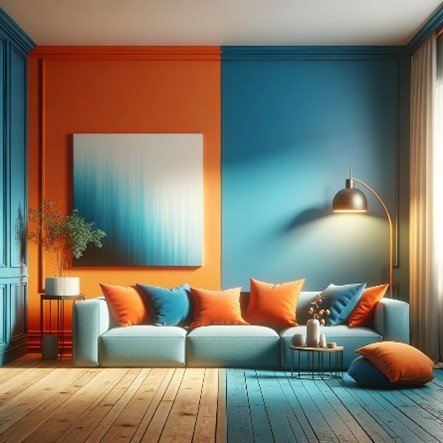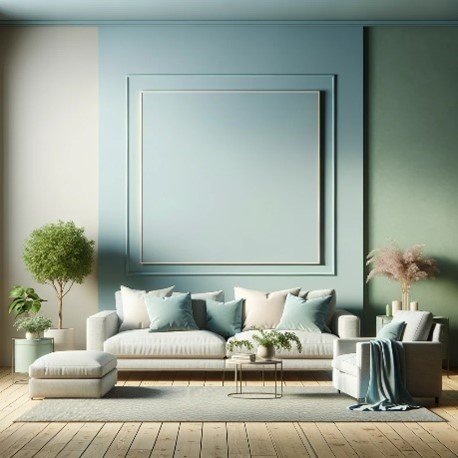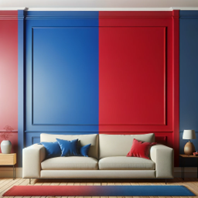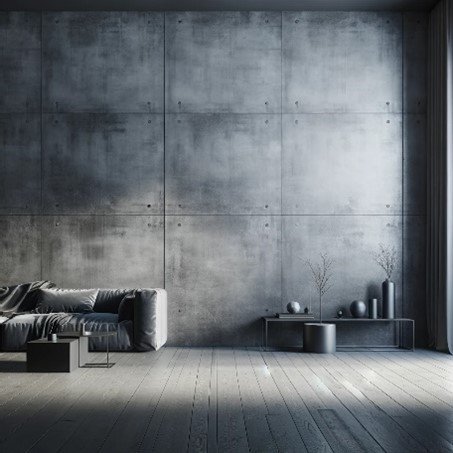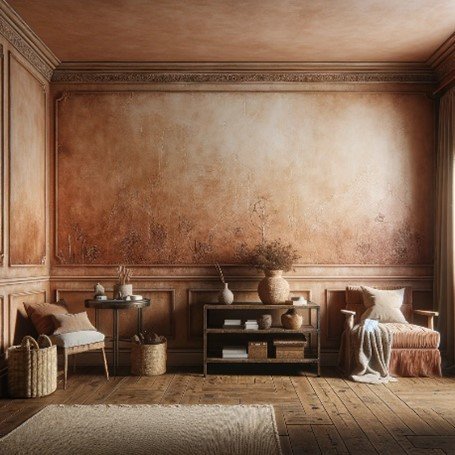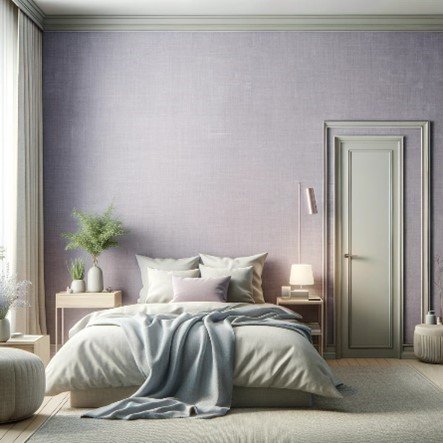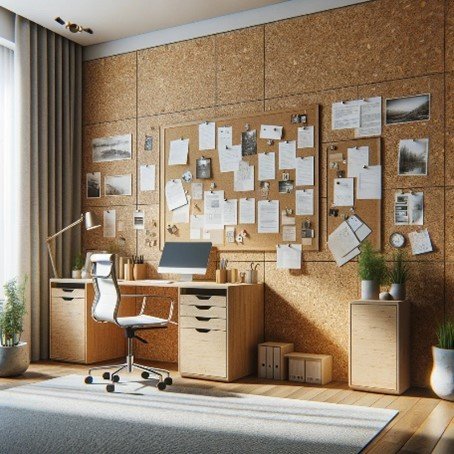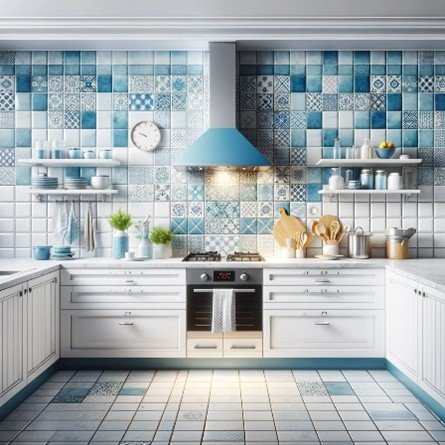Ideas for Combining Wall Texture Designs and Color Shades
Wall texture color combos are important for creating the mood and character of a space in interior design. They are like the canvas upon which the masterpiece of your decor is painted. The right blend of texture and tone can bring a room to life, converting it from merely functional to positively sensational.
In this article, we will dive into the fascinating world of wall texture designs and explore how various color shades can be married together to create visually stunning combinations. Freshen up your walls and let your creativity fly.
Understanding Wall Texture Designs
Wall texture designs are a creative way to add depth, interest, and personality to your interior spaces. Essentially, these designs are patterns or finishes applied to a wall surface, which can dramatically alter the look and feel of a room. They range from smooth, sleek finishes to more tactile, multi-dimensional textures that capture light and create visual intrigue.
The impact of different kinds of wall textures on room aesthetics cannot be understated. A minimal, smooth texture can evoke a sense of modernity and sophistication, making it an ideal choice for contemporary living spaces.
On the other hand, a rich, tactile texture like stucco or Venetian plaster can lend a rustic, warm appeal, perfect for creating a cozy, inviting ambiance.
Bold textures, such as decorative relief, can make a powerful statement, adding an artistic touch to your room.
Choosing the right texture can enhance the room's overall aesthetic, playing a crucial role in its visual narrative. Remember that each style tells a different story and can be a unique reflection of your personal taste and style.
The Influence of Color on Mood and Space Perception
Color is more than just a visual element; it has a profound psychological impact and plays a significant role in shaping our perceptions of space. Different colors can evoke specific moods and emotions. For instance, vibrant colors such as red or orange can stimulate and energize, while soft hues like blue and green can soothe and calm.
Darker shades can make a room feel cozy but may also make it seem smaller. In contrast, light colors like whites and pastels can create an illusion of spaciousness.
Popular Color Shade Combinations for Different Settings
Choosing the right color shade combination is key to achieving the desired aesthetic effect. A monochromatic palette, where different shades of the same color are used, can create visual consistency and a sense of harmony.
For a bit of drama, you can opt for a complementary scheme, in which colors that are opposite each other on the color wheel are paired together. This could be something like blue and orange or purple and yellow.
For a soothing and natural feel, analogous combinations, using colors next to each other on the color wheel, are a great choice.
The Art of Mixing Textures and Colors
Successfully blending wall textures with color shades can be likened to a delicate dance, with both partners needing to move in harmony to create a beautiful spectacle. When done right, this combination can lead to stunning results, making your room not just a living space, but a work of art.
One effective approach is to match the color intensity with the texture level. For instance, bold textures such as relief or stone finishes can be paired with vibrant, rich colors like crimson red or royal blue to create a dramatic, visually arresting effect.
On the other hand, softer textures such as a smooth matte or a subtle eggshell finish can be complemented by cool, subdued shades like pastel blues or soothing greens for a tranquil, serene ambiance.
Let's consider a few examples of successful texture and color combinations. A room with a Venetian plaster texture in a warm terracotta shade evokes a rustic, earthy charm.
Alternatively, a room with a sleek, polished concrete texture in a cool, steely gray shade can exude a modern, industrial vibe.
Innovative Wall Texture Ideas
Each room in your house presents a unique opportunity for creativity, allowing you to play with different wall textures and color combinations.
In the living room, for instance, consider pairing a grasscloth wall texture with earthy, neutral tones to create an organic, nature-inspired vibe.
For a home office, a cork wall texture not only adds an interesting visual element but also serves as a practical, built-in bulletin board for important notes and reminders.
For your kitchen, you could explore a tiled texture with a cool blue and white color combination for a fresh, clean look.
And in the bedroom, a fabric-textured wall in a soothing lavender shade can promote a sense of calm and relaxation.
These innovative wall texture designs can work wonders in transforming your spaces into unique reflections of your personal taste and style. So, don't hesitate to experiment and let your walls tell a story that is uniquely yours.
Can you texture over paint?
Yes, you can texture over paint. In fact, it's a common practice in interior design. Applying texture over painted walls can bring about a dramatic change in the room's aesthetic, adding depth and character to the space. However, it's important to ensure the wall is clean and the paint is in good condition before you start. Otherwise, the texture may not adhere well.
What color hides textured walls?
Lighter colors are generally best for hiding wall textures. Darker shades tend to accentuate small irregularities, shadows, and bumps on the wall, making the texture more noticeable. Opting for a neutral or light shade like white, cream, or a soft pastel can help diminish the prominence of the texture, creating a smoother visual perception. However, the effectiveness of color in concealing texture also depends on the type of lighting in the room and the angle at which light hits the wall.
Are textured walls out of style?
While some types of wall texture may be considered outdated, it would be unfair to label all textured walls as out of touch with modern trends. Similar to other elements of interior design, textured walls have the potential to become contemporary masterpieces when combined with current decor choices. The key lies in the approach and styling, resulting in a truly modern appeal that is visually captivating and in line with the latest design aesthetics.
Conclusion
In conclusion, wall texture designs and color shades combinations have a significant influence on the mood, overall aesthetic, and perception of space in a room. Whether you're attracted to bold textures with vibrant colors, or prefer the elegance of soft textures paired with soothing hues, the possibilities are limitless. By experimenting with different designs and colors, you can transform your room into a unique reflection of your personal style.
And remember, if you're looking to venture into the exciting world of wall texturing, you'll need high-quality paint. Visit our paint store for a wide selection of top-grade paints in an array of colors. We're here to help you create your own work of art, one wall at a time.

